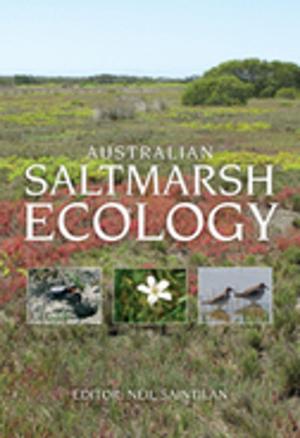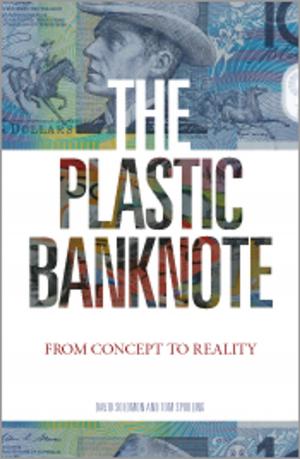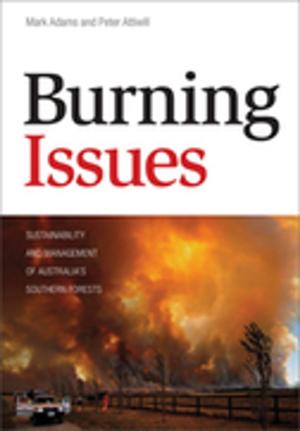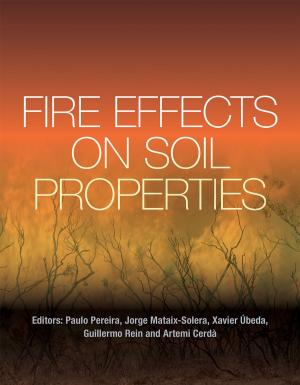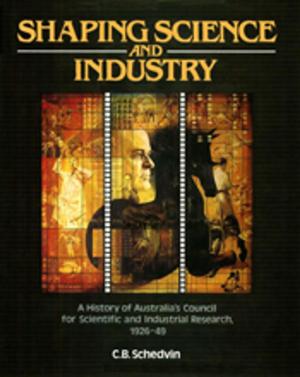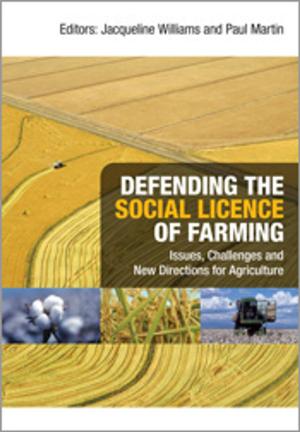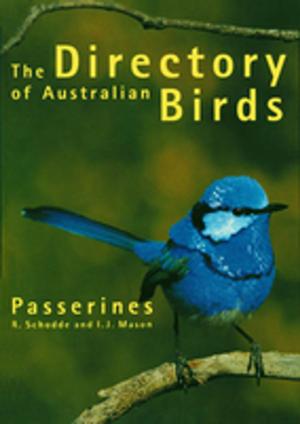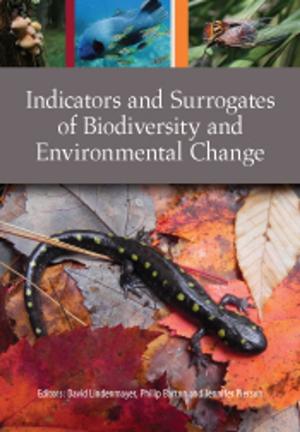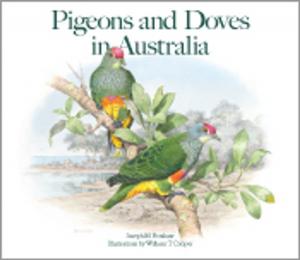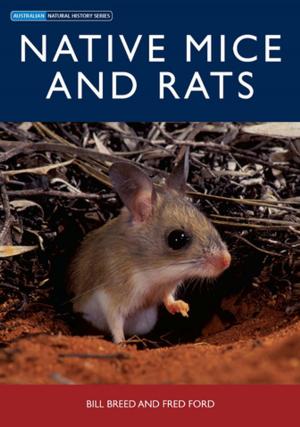A Bat's End
The Christmas Island Pipistrelle and Extinction in Australia
Nonfiction, Science & Nature, Science, Biological Sciences, Zoology, Nature| Author: | John Woinarski | ISBN: | 9781486308651 |
| Publisher: | CSIRO PUBLISHING | Publication: | September 1, 2018 |
| Imprint: | CSIRO PUBLISHING | Language: | English |
| Author: | John Woinarski |
| ISBN: | 9781486308651 |
| Publisher: | CSIRO PUBLISHING |
| Publication: | September 1, 2018 |
| Imprint: | CSIRO PUBLISHING |
| Language: | English |
On the evening of 26 August 2009, the last known pipistrelle emerges from its day-time shelter on Christmas Island. Scientists, desperate about its conservation, set up a maze of netting to try to catch it. It is a forlorn and futile exercise – even if captured, there is little future in just one bat. But the bat evades the trap easily, and continues foraging. It is not recorded again that night, and not at all the next night. The bat is never again recorded. The scientists search all nearby areas over the following nights. It has gone. There are no more bats. Its corpse is not, will never be, found. It is the silent, unobtrusive death of the last individual. It is extinction. This book is about that bat, about those scientists, about that island. But mostly it is an attempt to understand that extinction; an unusual extinction, because it was predicted, witnessed and its timing is precise. A Bat's End is a compelling forensic examination of the circumstances and players surrounding the extinction of the Christmas Island pipistrelle. A must-read for environmental scientists, policy-makers, and organisations and individuals with an interest in conservation.
On the evening of 26 August 2009, the last known pipistrelle emerges from its day-time shelter on Christmas Island. Scientists, desperate about its conservation, set up a maze of netting to try to catch it. It is a forlorn and futile exercise – even if captured, there is little future in just one bat. But the bat evades the trap easily, and continues foraging. It is not recorded again that night, and not at all the next night. The bat is never again recorded. The scientists search all nearby areas over the following nights. It has gone. There are no more bats. Its corpse is not, will never be, found. It is the silent, unobtrusive death of the last individual. It is extinction. This book is about that bat, about those scientists, about that island. But mostly it is an attempt to understand that extinction; an unusual extinction, because it was predicted, witnessed and its timing is precise. A Bat's End is a compelling forensic examination of the circumstances and players surrounding the extinction of the Christmas Island pipistrelle. A must-read for environmental scientists, policy-makers, and organisations and individuals with an interest in conservation.


